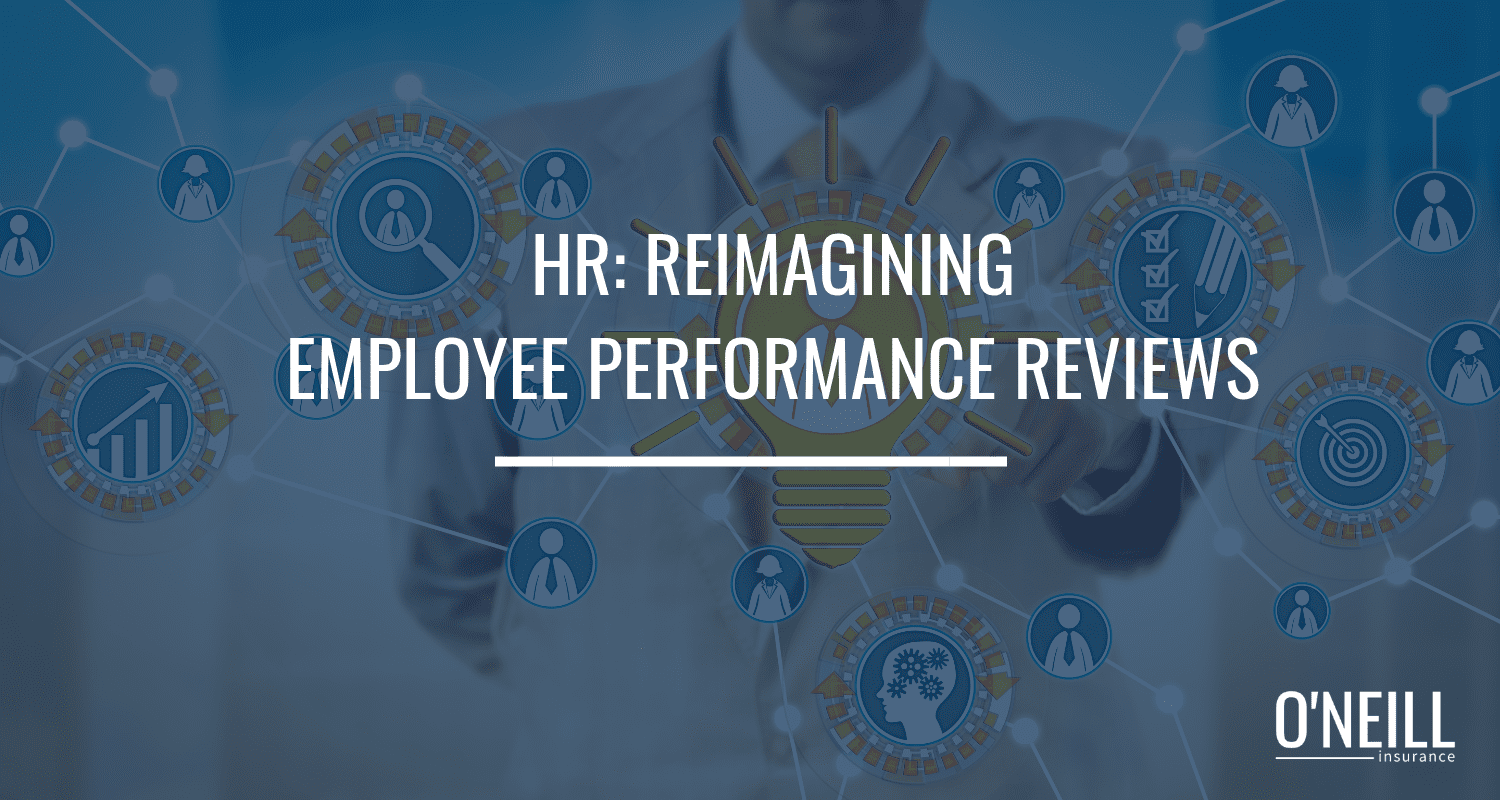
It’s no secret that employees and employers alike have reservations about their annual performance reviews.
Some employees view them as a waste of time and many employers find it difficult to argue against that.
According to management research firm CEB, 42% of employees consider annual reviews ineffective, mainly due to the feedback coming at the end of the year when it has almost no relevance.
What’s more, 95% of managers are dissatisfied with their company’s performance review process, too, according to the same study.
How Performance Reviews Have Evolved
The shift from praising annual reviews to loathing them has ebbed into the HR realm gradually over the last couple of decades.
Modern performance reviews are largely based on the merit system used by the military in World War I – a system that has not grown adequately to suit the needs of today’s corporate structures.
The original idea was that workers were so plentiful that poor performers needed to be identified from efficient workers so the former could be replaced and the latter promoted.
This mentality is slowly dying as the labor market tightens up.
Employers are now more concerned with coaching poor performers instead of replacing them immediately.
Annual reviews are less effective in this regard, since their primary purpose is to hold employees up to a (typically) quantitative standard, not to assess granular performance and insert coaching opportunities.
That’s where frequent check-ins come in.
What is a Frequent Check-In?
Think of frequent check-ins as microscopic evaluations.
In this process, managers evaluate employee performance periodically throughout the year, not just at its tend.
Managers are checking in on employee performance as it happens, not giving a rating months later.
Employees can, and should, still set attainable goals for themselves each year related to their performance, but examining that growth annually may do them a disservice.
Frequent check-ins (think monthly or biweekly) allow employers the chance to nip emerging issues in the bud and lets employees receive that coaching when it’s actually relevant.
Moreover, checking in with an employee more frequently can build a lasting rapport with the company and strengthen company culture.
How Can I Implement Frequent Check-Ins?
Since frequent check-ins are essentially periodic meetings tailored to employee performance, implementation is minimal.
To get started, employees should first develop a goal for themselves for the year.
It could be related to performance or some other aspect that’s important to your company, like growing a particular skill set.
Next, managers should schedule individual meetings at set intervals throughout the year to check in on the progress of the goals.
The meetings are also an opportunity for employees to receive feedback in any areas where they’ve fallen short, like not achieving a goal milestone on time.
In Closing
Frequent check-ins might not be the best option for your business, but having even a few meetings before an annual review could improve employee growth and rapport.
These check-ins, which are often paired with a final annual review, show employees that you care enough about their development to give them time to discuss it throughout the year.
On average, you spend around 260 days at work each year.
As an employee, wouldn’t you want your manager to take an interest in your development more than just once a year?
We can help.
Fill out the form below to download our full toolkit on Performance Reviews.
HR Toolkit - Performance Reviews

